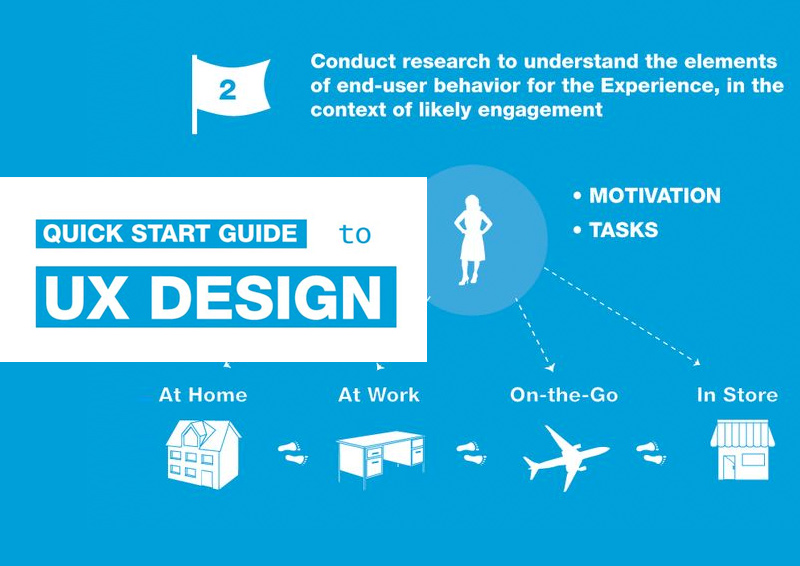Keen To Find Exactly How Internet Site Layout Has Changed Gradually? Dive Into The Evolution From Simplicity To User-Focused Experiences.
Keen To Find Exactly How Internet Site Layout Has Changed Gradually? Dive Into The Evolution From Simplicity To User-Focused Experiences.
Blog Article
Web Content Created By-Collier Harding
In the past, websites were straightforward and focused on details. Navigation was direct, and layout was for desktops. Now, user experience is crucial. Data overviews layouts for very easy navigating. Receptive formats fit different tools. linked resource site , dark mode lowers stress, and minimalist menus improve navigating. Interactive functions involve individuals, and strong visuals stand out. AI integration increases involvement. See just how website content writing company has developed to boost your on-line trip.
Very Early Days of Website Design
In the early days of website design, simpleness reigned supreme. Sites were basic, with limited shades, font styles, and layouts. The focus was on providing info rather than fancy visuals. Users accessed the net with slow dial-up links, so speed and functionality were vital.
Navigation menus were straightforward, usually located at the top or side of the page. Internet sites were developed for desktop, as mobile browsing wasn't yet prevalent. Material was king, and designers focused on very easy readability over complicated design aspects.
HTML was the key coding language made use of, and designers needed to function within its constraints. Computer animations and interactive features were marginal contrasted to today's requirements. Sites were fixed, with little vibrant material or customized individual experiences.
Increase of User-Focused Design
With the advancement of web site design, a change in the direction of user-focused layout principles has actually ended up being significantly prominent. Today, developing websites that focus on user experience is crucial for engaging site visitors and attaining company goals. User-focused design involves understanding the needs, preferences, and behaviors of your target market to customize the web site's format, material, and features accordingly.
Developers now perform detailed study, such as individual surveys and use screening, to collect understandings and comments directly from customers. This data-driven technique aids in producing intuitive navigation, clear calls-to-action, and aesthetically enticing user interfaces that reverberate with visitors. By positioning the customer at the center of the style process, internet sites can deliver a more personalized and satisfying experience.
Responsive design has likewise become a crucial aspect of user-focused design, guaranteeing that internet sites are maximized for different devices and display sizes. This versatility improves accessibility and usability, accommodating the varied means users engage with sites today. In essence, the increase of user-focused design symbolizes a change towards producing electronic experiences that prioritize the needs and assumptions of the end user.
Modern Trends in Website Design
Check out the latest patterns forming website design today. One noticeable fad is dark setting style, using a sleek and modern-day look while reducing eye stress in low-light atmospheres. Another essential trend is minimalist navigating, streamlining food selections and improving customer experience by concentrating on essential elements. Incorporating micro-interactions, such as animated switches or scrolling impacts, can develop an extra interesting and interactive site. Receptive design remains critical, guaranteeing seamless customer experiences across numerous tools. In addition, utilizing vibrant typography and asymmetrical formats can add aesthetic interest and draw attention to details material.
Integrating AI modern technology, like chatbots for client assistance or customized suggestions, enhances customer engagement and simplifies procedures. Ease of access has likewise become a substantial pattern, with developers prioritizing inclusive design methods to accommodate diverse customer requirements. Welcoming sustainability by optimizing site efficiency for speed and performance is an additional emerging fad in website design. Working together with individual feedback and information analytics to iterate and boost design continually is essential for staying appropriate in the ever-evolving digital landscape. By embracing these modern patterns, you can produce an aesthetically attractive, straightforward internet site that reverberates with your target market.
visit the up coming post
As you reflect on the evolution of website layout from the early days to now, you can see just how user-focused design has come to be the driving force behind modern patterns.
Welcome the journey of modification and adaptation in web design, constantly maintaining the customer experience at the center.
Stay current with the current fads and modern technologies, and never quit developing your approach to produce visually sensational and easy to use web sites.
Progress, adjust, and produce - the future of website design is in your hands.
